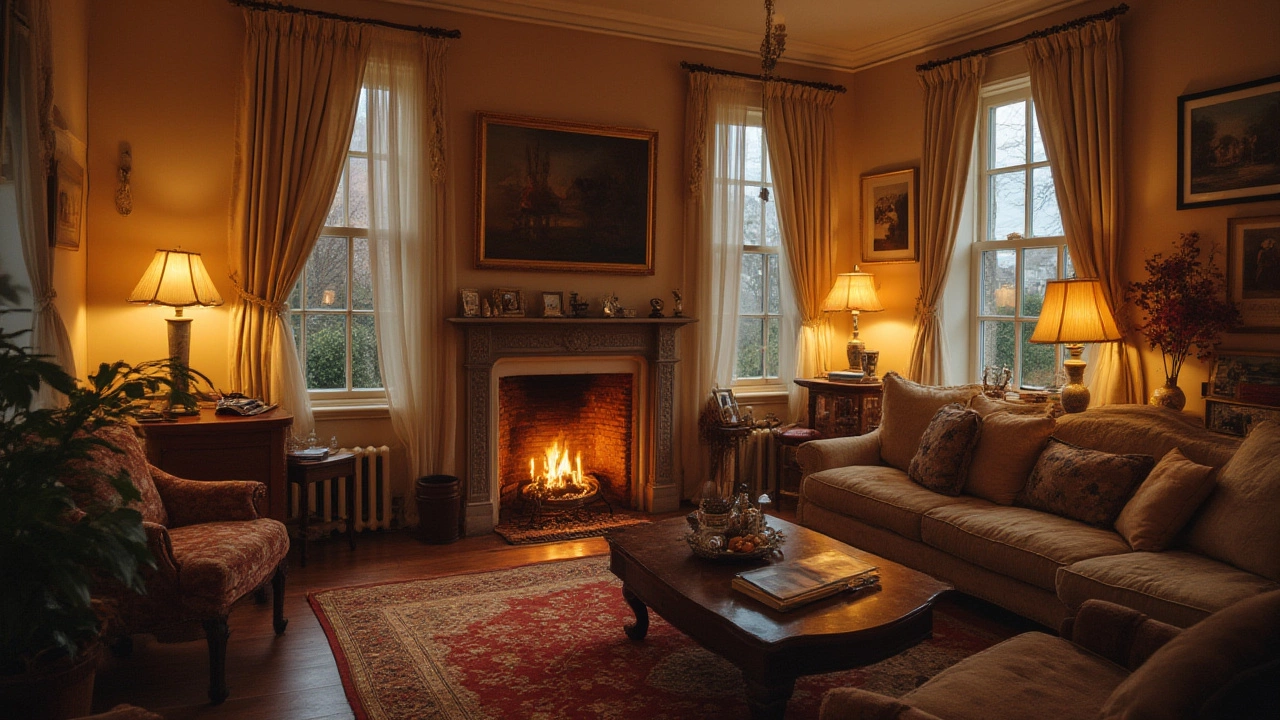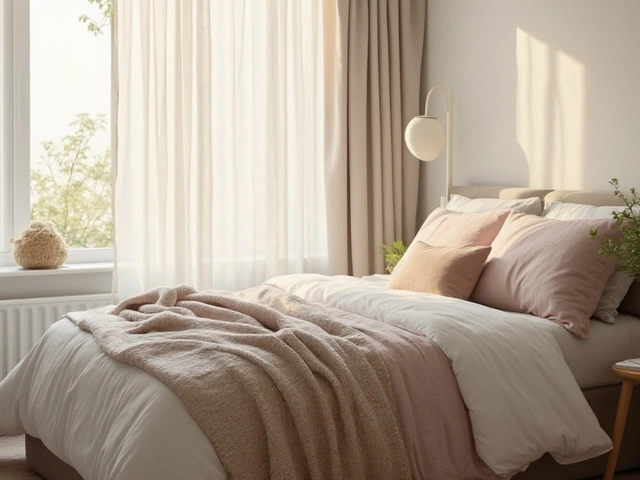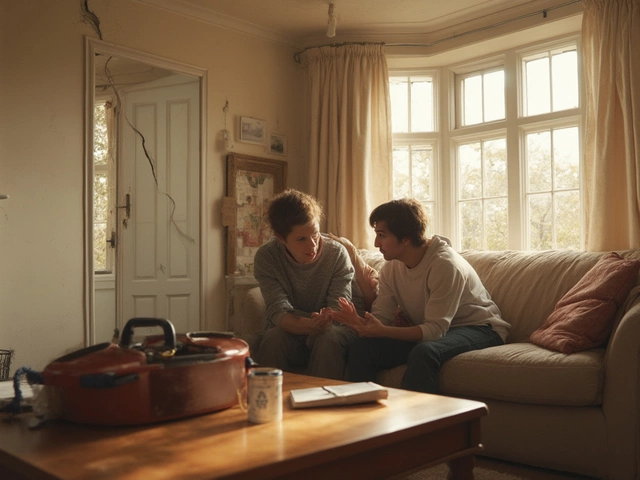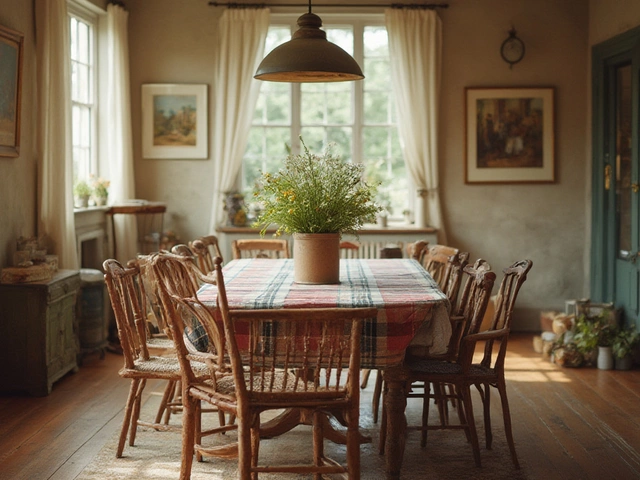Healthy Lighting: How Light Affects Your Sleep, Mood, and Home Design
When we talk about healthy lighting, lighting that supports your body’s natural rhythms and mental well-being. Also known as circadian lighting, it’s not about making your rooms brighter—it’s about making them right for your biology. Most homes still use lighting designed for efficiency, not health. That means harsh white bulbs at night, dim yellow light in the morning, and screens flooding your eyes with blue light long after sunset. This isn’t just annoying—it’s messing with your sleep, your focus, and even your mood over time.
The real problem isn’t the bulbs themselves, but how and when we use them. Your body runs on a 24-hour clock called the circadian rhythm, your internal biological clock that responds to light and darkness. body clock—it knows when to wake up, when to feel alert, and when to wind down. Natural daylight tells it what time it is. Artificial light, if poorly timed or too blue, tells it the wrong time. That’s why staring at your phone before bed makes it harder to fall asleep. And why sitting under cool LED lights all afternoon leaves you drained by dinner. Healthy lighting means matching your lights to your body’s needs: bright, cool white in the morning to kickstart your day; warm, dim light in the evening to signal rest.
It’s not just about timing—it’s about quality. Not all LEDs are created equal. Some still pump out too much blue light, even when labeled "warm." Look for bulbs with low blue light emission, especially in bedrooms and living areas. Smart lighting systems that auto-adjust color temperature throughout the day are one solution. But you don’t need tech to get started. Swap out that harsh kitchen bulb for a 2700K LED. Use dimmers. Open curtains in the morning. Let sunlight in before you reach for your coffee. These small shifts add up. And they’re backed by real science—not trends. A 2020 study in the Journal of Clinical Sleep Medicine found that people who used warm lighting after sunset fell asleep 15 minutes faster and reported better sleep quality than those using standard bulbs.
Healthy lighting also connects to how you use space. A kitchen with bright, even light helps you chop safely. A reading nook with a soft, focused lamp reduces eye strain. A bedroom with no overhead lights at night encourages deeper rest. It’s not about design trends—it’s about function and biology working together. You don’t need a full renovation to fix this. Start with one room. Change one bulb. Notice how you feel.
Below, you’ll find real guides that break down what works and what doesn’t—from the most inefficient bulbs wasting energy and disrupting sleep, to how to position lights so they help, not hurt. You’ll learn how to choose lighting that fits your life, not just your budget. No fluff. Just clear, practical steps to make your home lighter, calmer, and healthier—day and night.
Best Home Lighting: Choosing the Right Light for Every Room
Struggling with harsh or dull home lighting? Find out which light is best for every room, from cozy bedrooms to busy kitchens. Stop guessing and start seeing your home in a brand new light.





